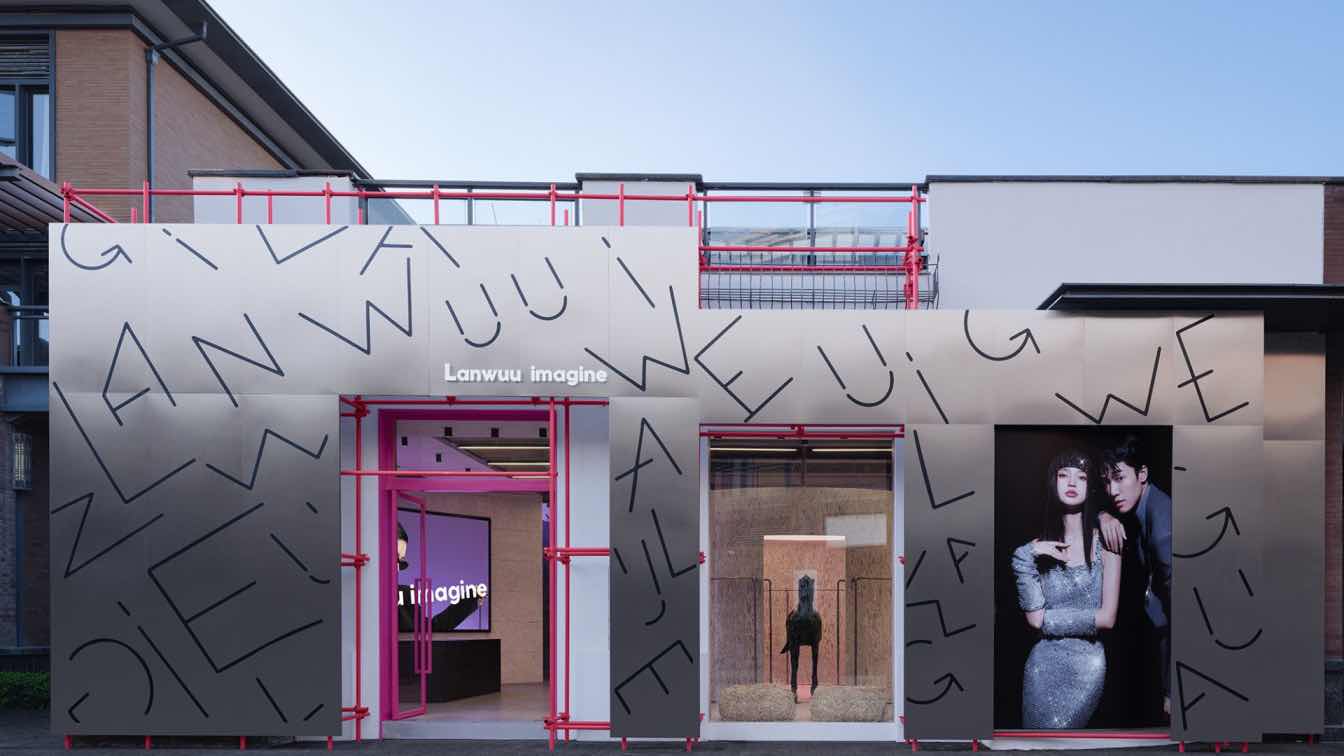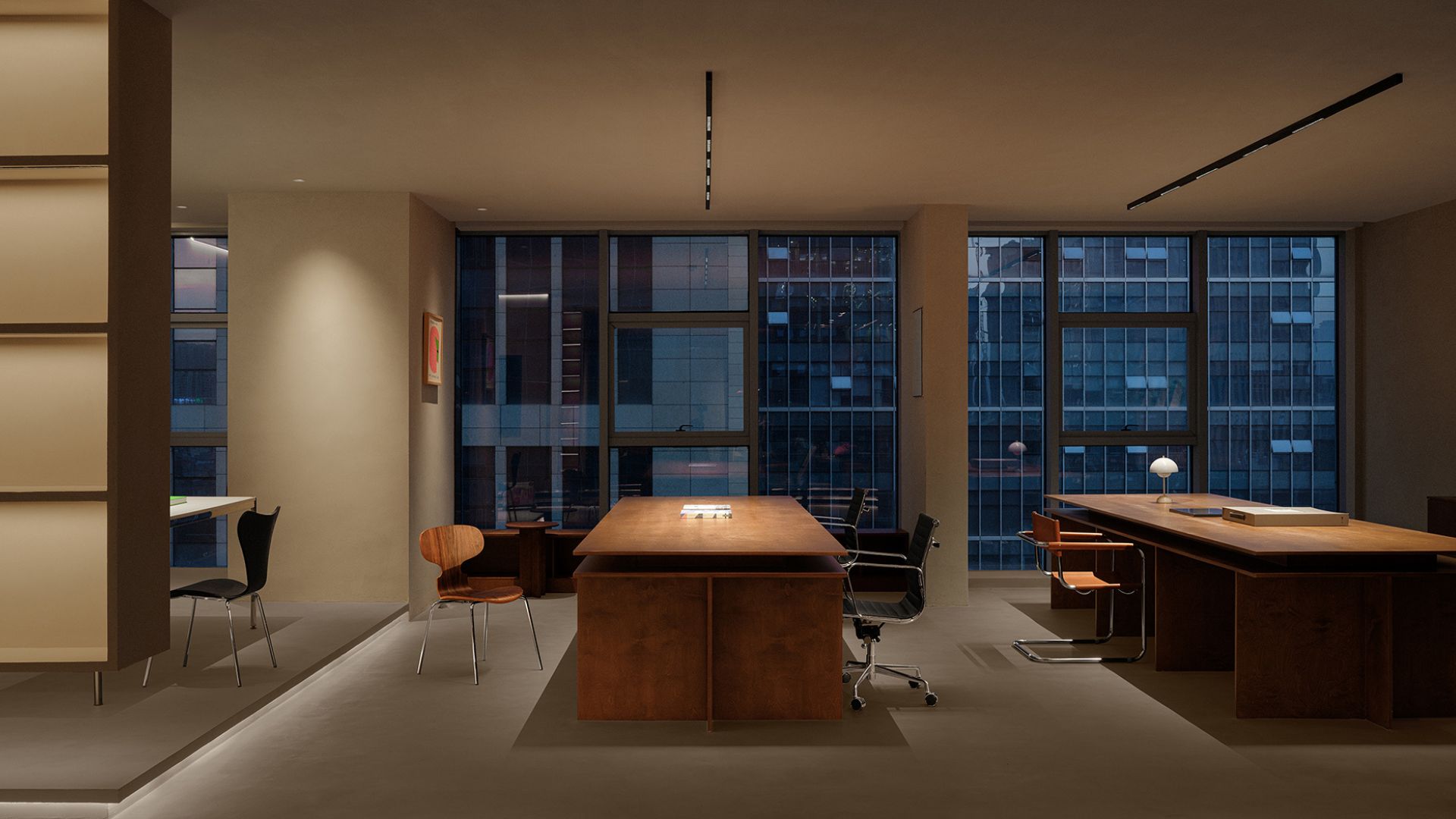Today's construction process only serves its final outcomes, with more steps and intermediate forms than historically seen. For example, the process of formwork erection for a concrete project involves the erection of a dense forest of scaffolding and then the formwork for the negative shape of the building, in steps that seem far removed from the final form. In such a process, the forms resulting from the construction process continue to emerge and are annihilated in the newly emerging forms. Thus, the construction process undergoes the most dramatic formal changes of the site. It becomes a continuous generator with contently emerging and withering forms, although it has no attempt on form or on intellectual level.
This situation is currently being ignored by architects in two dimensions:
1. The failure to incorporate this state of constant change into metaphysical thinking as a generator of formal language;
2. The loss of the ability to understand the materiality of materials, to investigate the physical tendencies of the materials themselves, and to adjust and guide the generation of form, which was possible in the Classical period due to the immediacy of the building process and the oneness of the builder and the designer whose is adjusting and guiding the ability of form generation during construction procedures.
From 2019, SpActrum Architects starts to go onsite for their large scale projects in China. SpActrum's architects travelled from site to site, experiencing construction under contemporary building system. Observing the double neglect mentioned above, and perhaps thanks for their fresh eye, they were shocked by such general numbness and neglect in architectural industry. Due to constant form changing of the site, a large number of components are either discarded or recycled at the end of their construction steps, or hidden deep within the finished product and never seen again. These components, which are essential to the construction, do not appear in any public view. When SpActrum office moved to a new location, they decided to break this silence and confront this oversight with their own office and exhibition space, utilizing these hidden behind-the-scenes forces and reuse some of the abandoned materials on construction site as surface material for their office/exhibition space. Re-establishing the link with the new functional needs by their physical properties, their forms can be readily perceived while reaching new ways of use. In this way, these built materials enter into the everyday consciousness of us as designers and the public consciousness of visitors.

A non-exhaustive list of materials repurposed from the construction process is detailed below:
Moulds: Modelling tools for concrete shaping, typically made of metal or plastic, reborn as furniture stands.
Firebricks: architectural ceramics that need to be hardened and fired in a hearth protected by refractory bricks, reborn as furniture supports.
GMT Pallets: Serving as fire-resistant pallets in the sintering of machine-made bricks, these refractory fiber slabs take on a marble-like appearance when resin-coated and are used as the bench worktop.
Floor Bearing Plates: Serving dual roles as formwork and reinforcement of concrete floor, these plates are mass-produced in factories through welding, boasting substantial structural capacity and used to support bench worktop and display table top.
Burlap Sacks: Originally rudimentary packaging for transporting raw goods, these sacks, once filled and sewn, serve as screens and space dividers.













































